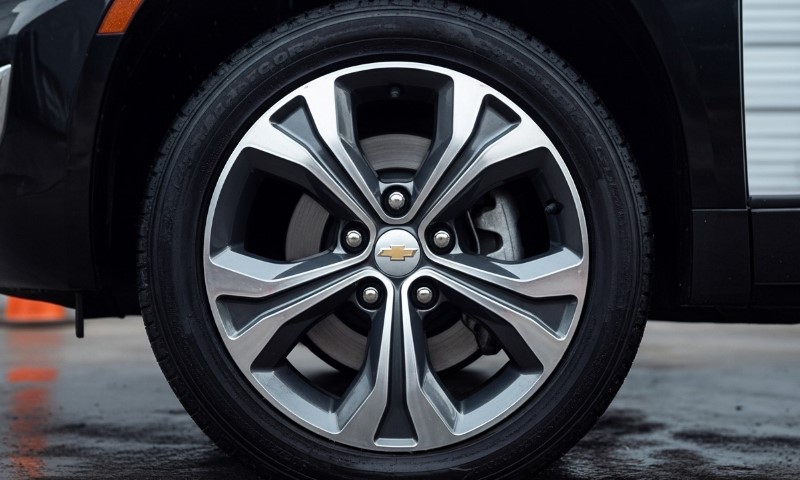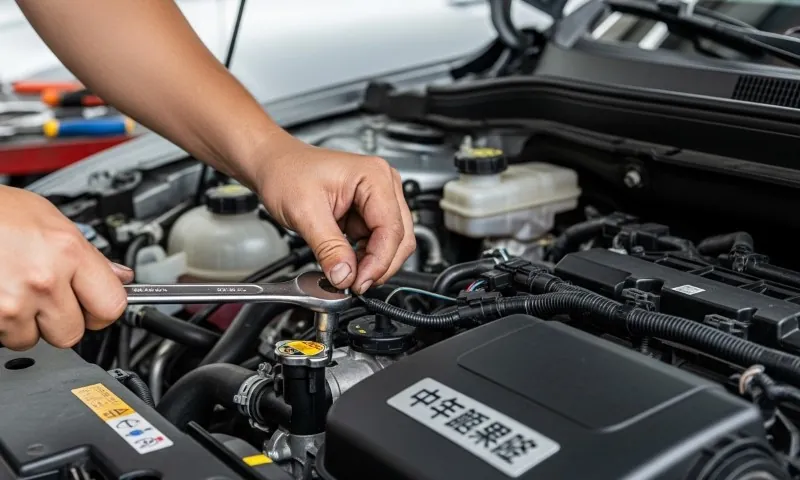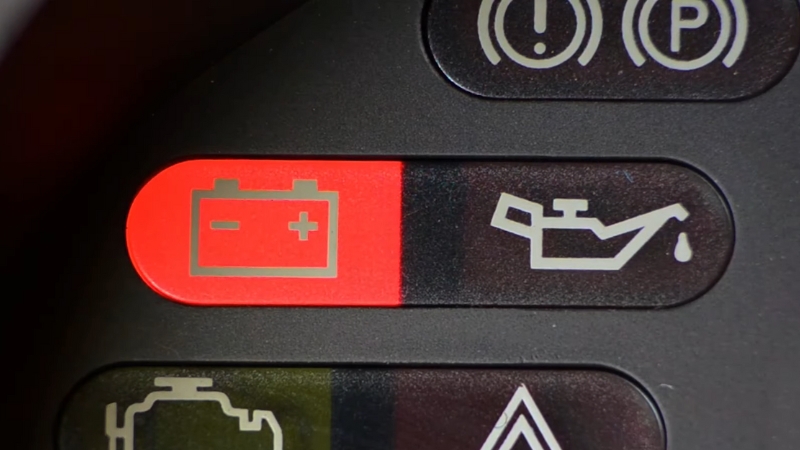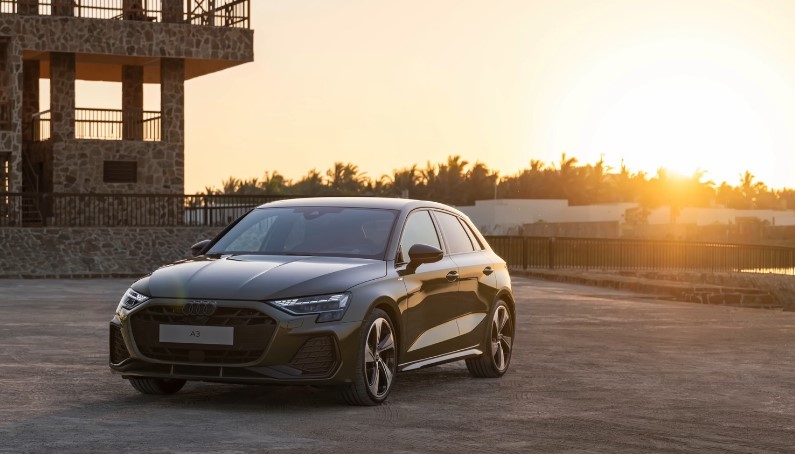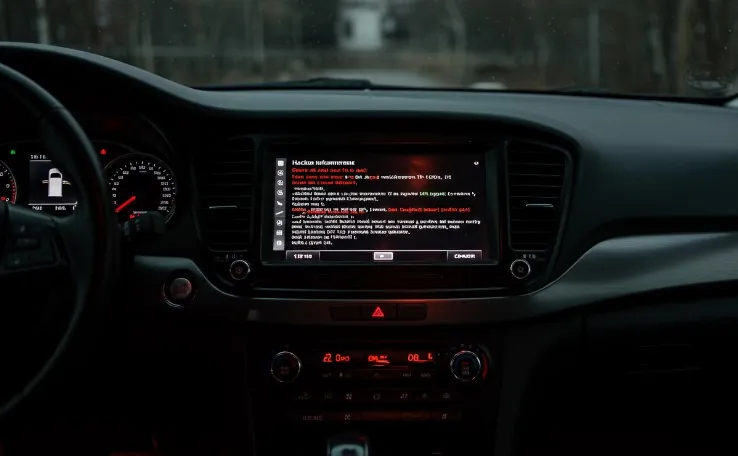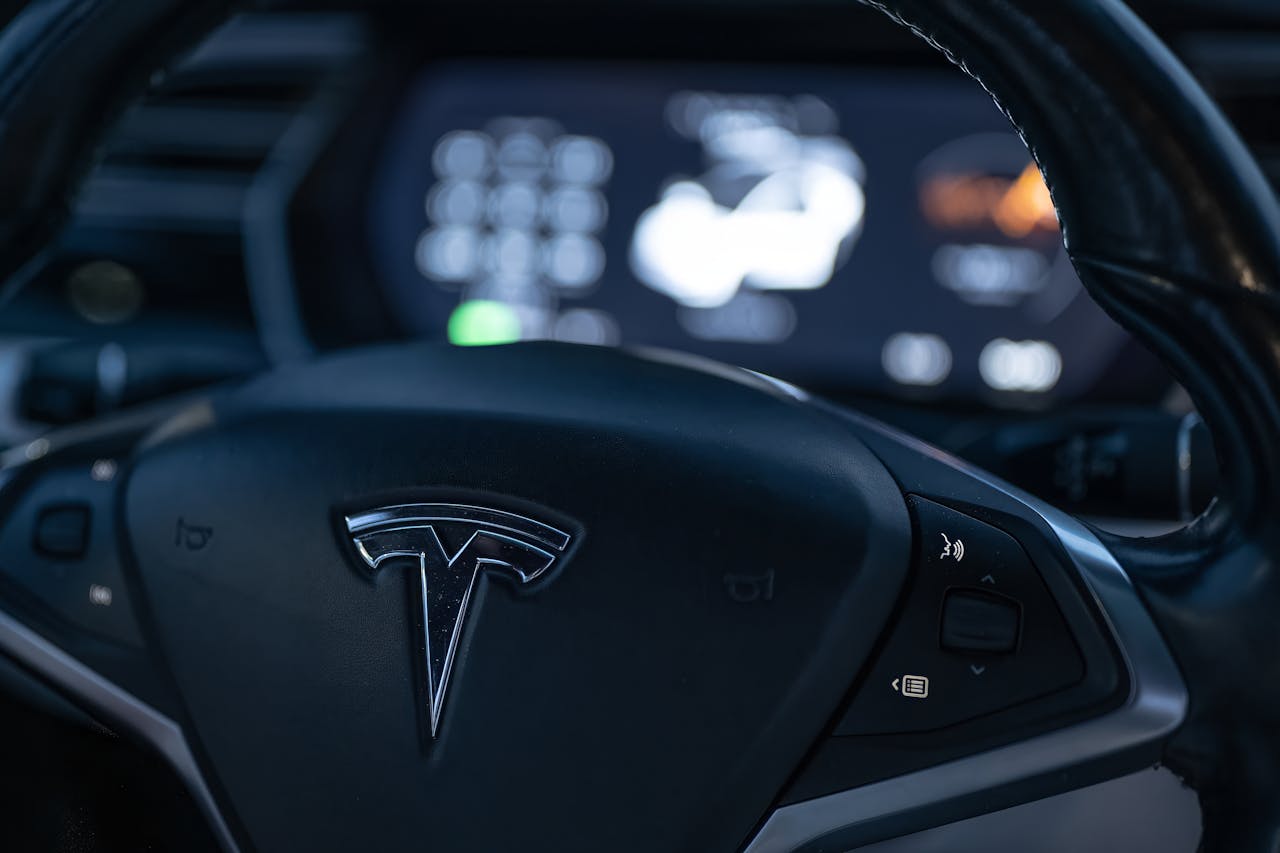
Share Post:
Electric vehicles represent a major leap in personal transport, offering cleaner energy use and quieter operation than their gas-guzzling ancestors. One area often overlooked is how atmospheric conditions influence them.
Some people might assume four wheels and an electric motor handle everything perfectly, but there’s more at play.
Today, we will go through key points that highlight the interaction of electric cars with cold snaps, heat waves, and storms. Let’s get started.
Table of Contents
ToggleThe Influence of Low Temperatures on Battery Efficiency
Polar vortex blasts can make an EV battery feel like it’s trudging through a vat of molasses. Lower degrees slow down the chemical reactions in lithium-ion cells, reducing power output and overall capacity.
One might notice a range drop of up to 50% when temperatures hit extremes around -4°F (-20°C).
Such conditions don’t just make one shiver; they also force a battery to work harder. That’s not ideal for people who expect a certain driving distance on a single charge.
Chemical Reactions in the Cold
A frozen environment forces the electrochemical processes inside a lithium-ion cell to operate at a slower pace. Resistance spikes, and the battery’s ability to deliver a strong charge diminishes.
Engineers know that is a significant concern, which is why many modern EVs arrive with battery management systems designed to reduce energy loss.
Heating the Cabin and Other Power Draws
Icy conditions can be punishing for drivers too. Humans enjoy a warm interior, but generating warmth from a battery pack draws valuable electricity away from propulsion. Meanwhile, a combustion engine car can rely on waste heat to keep everyone cozy.
EVs don’t have that luxury, so seat warmers and steering wheel heaters become the heroes. Sure, they’re helpful, but there’s a direct trade-off in range. Nobody wants a frosty commute, so it’s smart to prioritize just enough warmth to stay comfortable rather than toasty.
Tire Pressure Implications
Air contracts when it’s cold, which means tires can lose pressure and generate more rolling resistance. That’s a surefire way to reduce an EV’s efficiency even further. Checking tire pressure frequently is a simple step.
Those who ignore routine tire inflation might face not only subpar efficiency but also compromised traction—something that can be nerve-racking on icy roads.
Methods to Counteract Frigid Conditions
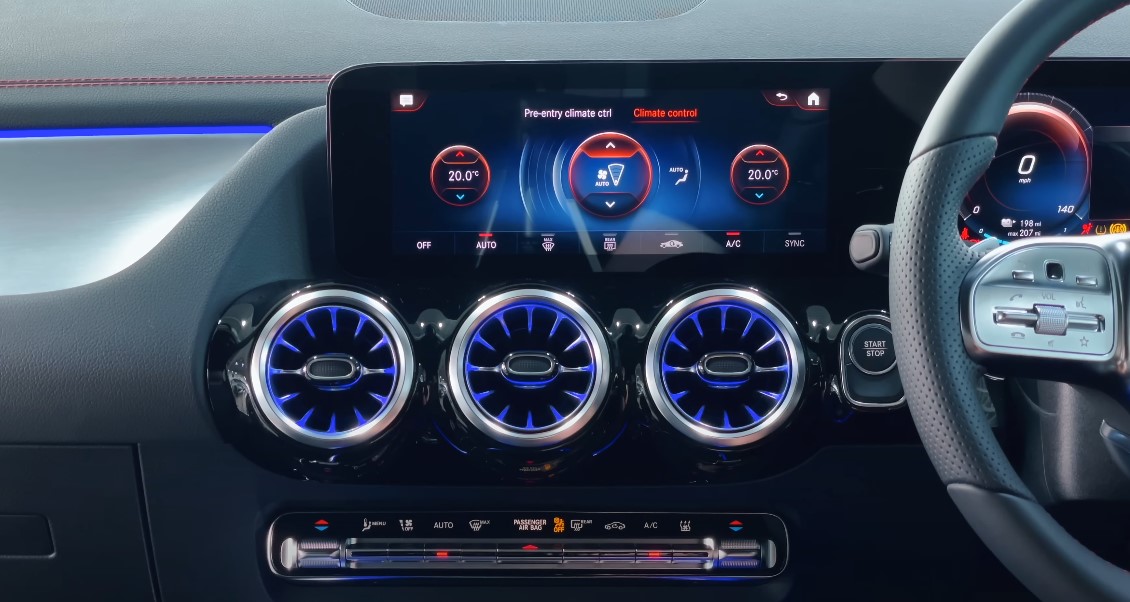
There’s no magic wand to banish winter woes completely, but a few practical actions can make life easier for drivers who rely on battery power.
Preconditioning on the Charger
Warming up the vehicle while it’s plugged in can be a real game-changer. Initiating cabin heat and battery warming beforehand means less energy is used during the drive itself.
Start that process 10–15 minutes before heading out and step into a toasty interior without sacrificing range.
Targeted Heating
Utilizing seat and steering wheel heaters can keep the driver warm without blowing hot air throughout the entire cabin.
That small decision helps prevent rapid battery drain, especially during repeated short trips around town in single-digit temps.
Eco Modes
Many electric cars feature an economy setting that eases power output and reduces the energy demands of climate control systems.
Engaging that mode can extend range modestly, though it might require a bit more patience when accelerating.
Tire Maintenance
Checking tire pressure on a consistent basis might feel like a chore, but it’s vital for safety and efficiency. Proper inflation helps ensure maximum traction on slick roads and a small boost in overall driving distance per charge.
High Heat and Battery Degradation
Sweltering summer days can be just as big of a headache for an EV. A battery that runs too hot doesn’t just offer reduced range; it can degrade more quickly over the long run.
Research indicates a potential 15% loss of range in scorching 95°F (35°C) conditions when air conditioning is in heavy use.
Extended exposure to extreme heat puts extra strain on lithium-ion cells, and everyone knows that repairs or replacements don’t come cheap.
Overheating Risks
If a battery operates above its preferred temperature range for too long, capacity starts to suffer. High heat accelerates the chemical aging process. Many vehicles include thermal management systems to prevent critical damage.
Manufacturers have developed cooling loops, fans, or liquid-based circuits that keep internal temperatures in check.
It’s no secret that battery replacement is a huge investment, so taking a few precautions during a heatwave can preserve both the vehicle and the driver’s bank account.
Air Conditioning Demands
Who wants to drive around with no A/C in August? Running that cold blast from the vents might be essential, but it taps into the battery for power. It’s a fair trade-off for comfort, yet the reduced range can feel jarring for someone accustomed to cooler climates.
A short commute might be unaffected, but longer distances or frequent stop-and-go situations in urban heat islands can raise concern.
Ways to Beat the Heat
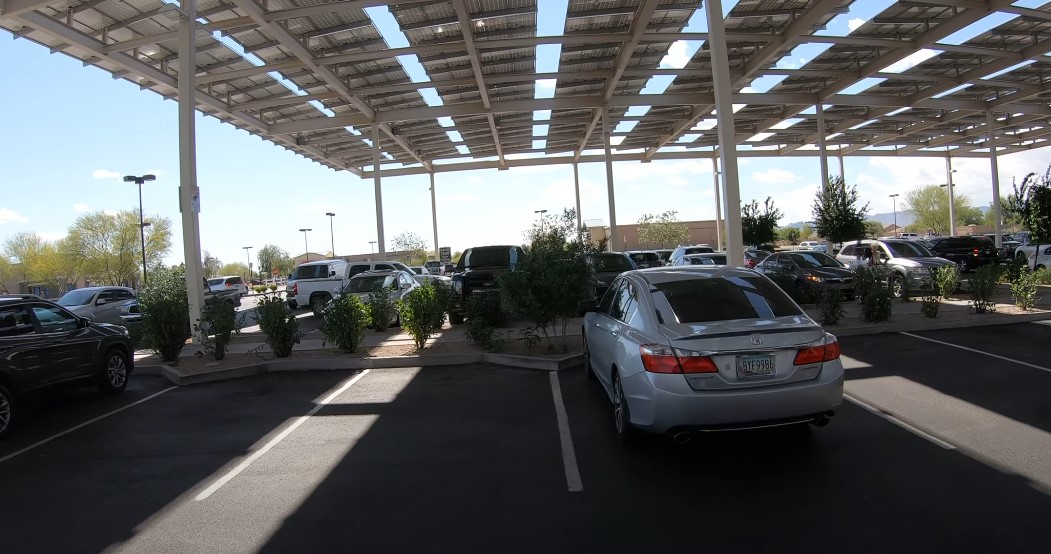
Nobody enjoys stepping into a scorching cabin or dealing with a battery that’s ready to explode from stress. Certain techniques can ease that burden.
1. Shaded Parking
Placing the vehicle under a tree or in a garage can reduce cabin and battery temperatures. Even a small drop in heat can make a noticeable difference in comfort and performance.
2. Pre-Cooling While Plugged In
Setting the interior climate to a pleasant level before unplugging can save power during the drive. Cooling systems, like their heating counterparts, pull energy from the wall outlet instead of draining the battery.
3. Avoiding Maximum State of Charge
Charging to about 80% can reduce stress on the cells. Many modern EVs provide a feature to cap the charge level. That practice is particularly valuable during triple-digit heat, helping prolong battery life.
4. Check the Cooling System
Ensuring the vehicle’s thermal management system is well-maintained allows it to keep the battery at an optimal temperature range.
Air-cooled or liquid-cooled systems have filters, coolant, and other components that need inspection. Overlooking them could mean bigger problems down the line.
Extreme Weather Safety Factors
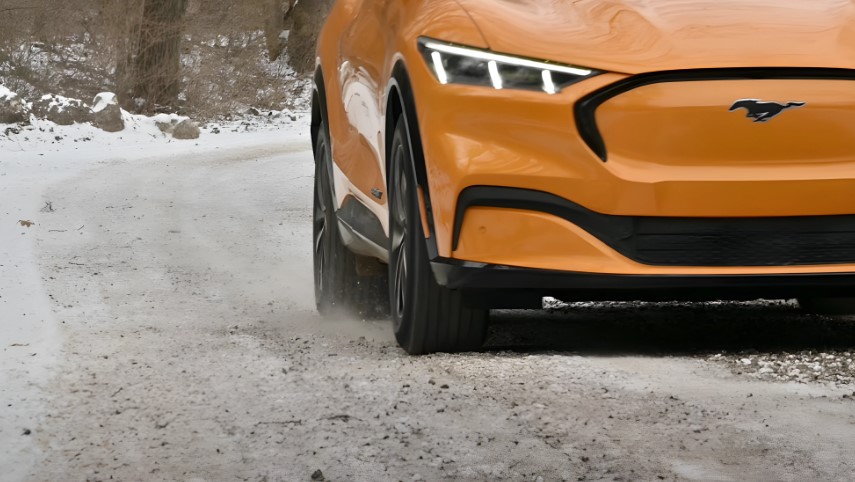
Driving in climate extremes isn’t just about range anxiety or battery wear. Road safety also matters, and legal obligations vary by region. Some areas demand winter tires or chains when icy roads become too risky.
That’s not just a suggestion; regulators in certain places make it a requirement for vehicles to operate on public highways in sub-zero conditions. Drivers who ignore those rules could face hefty fines if caught.
And it’s not just about the penalty—compromised traction on snowy roads can quickly turn a pleasant drive into an unnerving experience.
Cold-Weather Hazards
Icy roads, black ice, and freezing rain call for caution. An EV already dealing with lowered range might also face traction issues on slippery surfaces.
Winter tires, or at least high-quality all-season options, are a must in places prone to heavy snow. In some regions, failure to equip them can lead to serious fines—or worse, liability issues if an accident occurs.
According to curielandrunion.com, certain collisions, like head-on crashes, often involve disputes over road conditions and driver preparedness.
Hot-Weather Hazards
Sizzling highways can strain tire compounds, leading to faster wear. That risk applies to all vehicles, but EVs often weigh more than their combustion-engine counterparts due to hefty battery packs.
Additional weight plus scorching asphalt can shorten tire life. Most people want to avoid blowouts at highway speeds, so it’s best to monitor tire condition.
Meanwhile, an overheating battery system can, in very rare cases, trigger catastrophic failures or even thermal runaway. Regular checkups of cooling systems can reduce that risk.
Flood Risks
Storm surges and heavy rains bring another complication. EV battery packs are typically sealed and can handle moderate water exposure, but floods are a different beast. Saltwater infiltration might cause short circuits, creating a risk of fire.
Lawmakers in coastal regions sometimes issue warnings to move electric cars to higher ground when hurricanes or tropical storms threaten.
Owners who shrug off those alerts may find themselves in a legal gray area, especially if local ordinances treat flooded EVs as hazards requiring specialized disposal.
Summary
Electric cars offer a forward-thinking solution to modern travel, but climate fluctuations aren’t always kind to them. Freezing cold saps range and challenges traction. Heatwaves strain batteries and add concerns about longevity.
Floods introduce extra hazards that demand attention from both drivers and the authorities who regulate them. Still, none of that should deter anyone from enjoying the perks of driving electric.
Related Posts:
- New Federal Laws Targeting Self-Driving Vehicle…
- Can Electric Trucks Handle the Heavy Lifting? A Look…
- Crash Safety Showdown: Electric Vehicles vs.…
- 2024 Kia EV9 - Features, Performance, and What Sets It Apart
- 2025 Toyota Tacoma EV Review: Performance, Range,…
- 2025 Audi A3 Review - Specs, Features, Performance,…


